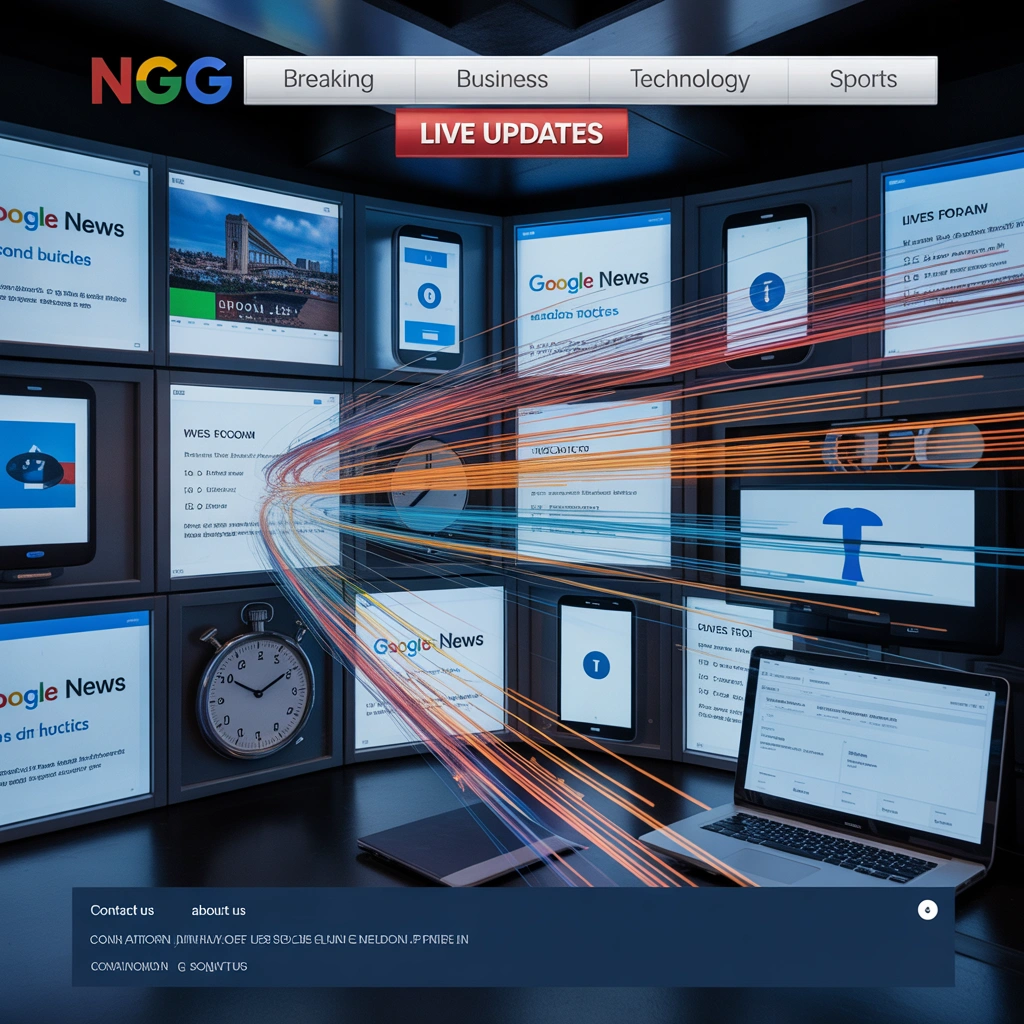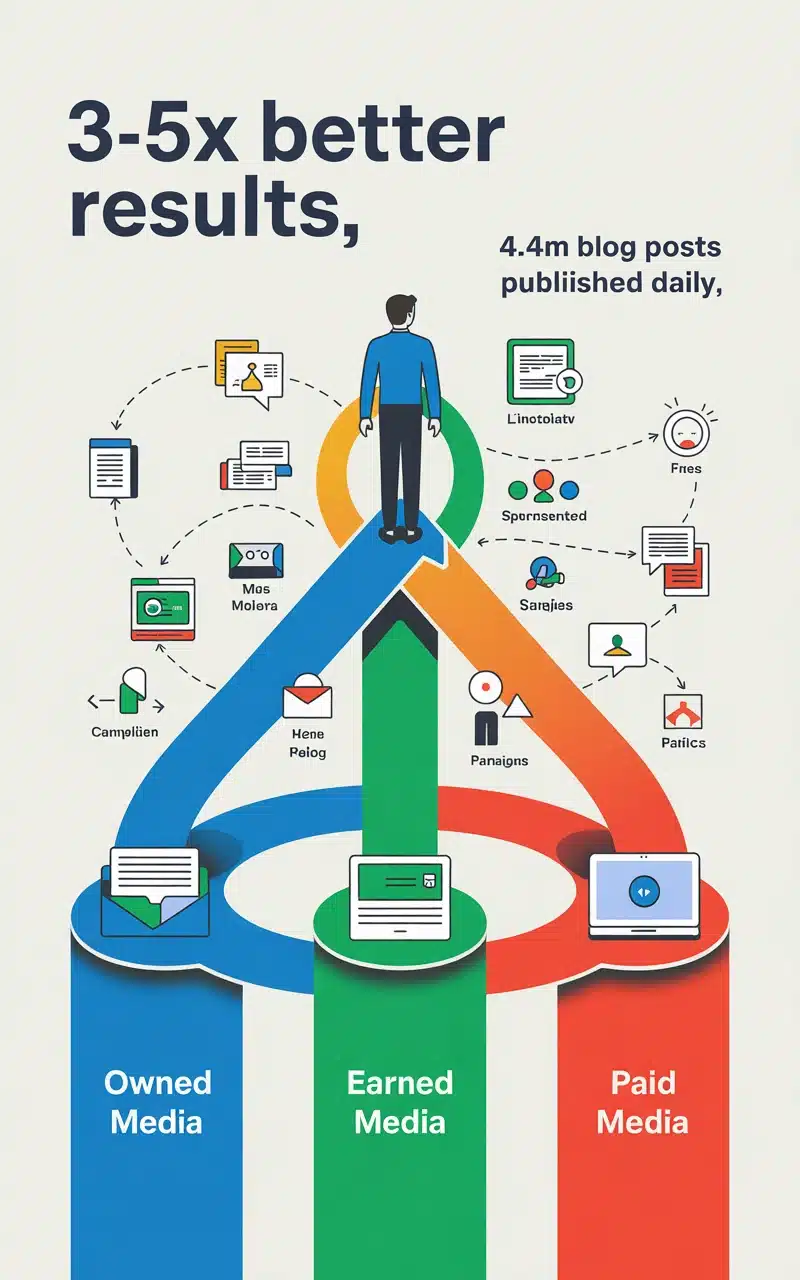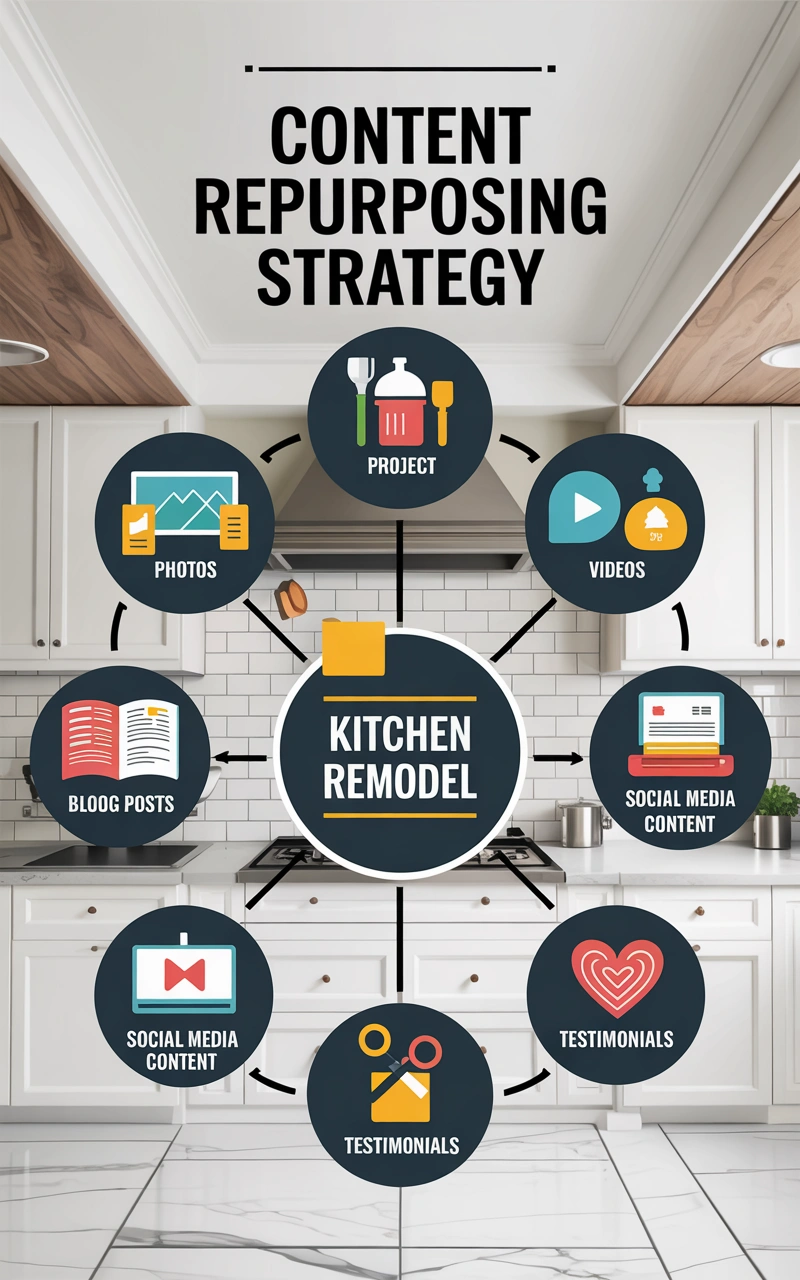
Lightning-Fast News Publishing: Get Your Content Indexed by Google in Minutes, Not Days!
Every Second Counts in the Digital News Race
Picture this: A breaking story hits your industry. Within minutes, hundreds of publishers race to get their angle online. The first to appear in Google News captures the lion’s share of traffic, while latecomers fight for scraps.
Google only wants to show the freshest news to its users. When you appear in Google News, you will see that your content is only shown for about 2-4 days. This narrow window makes rapid response content distribution the difference between viral success and digital obscurity.
The Google News Speed Game: Minutes vs. Days
News sites can be indexed by Google in minutes, while regular content can take “several hours to several weeks” to appear. What creates this massive difference?
Google News operates on an entirely different indexing schedule than standard search. Google News works differently from standard search. It’s not interested in your entire website; it only cares about your latest and most relevant articles.
The 72-Hour Rule That Changes Everything
Your Google News sitemap should have content published in the last 72 hours – this isn’t a suggestion, it’s a requirement. Content older than three days simply won’t qualify for Google News consideration, regardless of quality.
This creates an intense pressure cooker environment where timing matters more than perfection. Publishers must balance speed with accuracy, often publishing breaking news updates in real-time while competitors scramble to catch up.
Breaking Down Rapid Response Content Distribution
What Qualifies as Rapid Response Content?
Not every article deserves the rapid response treatment. Newsworthy content is NOT “how to” or “10 tips on” style content. Google won’t index this kind of content for Google News. They want real noteworthy news and about recent events in your industry.
Rapid response content includes:
- Breaking industry announcements – Company acquisitions, product launches, regulatory changes
- Crisis response – Data breaches, product recalls, leadership changes
- Market-moving events – Earnings releases, partnership announcements, legal developments
- Trending topics – Viral social media moments, cultural phenomena, technology breakthroughs
The Speed vs. Quality Balance
Publishers face a constant dilemma: publish quickly and risk errors, or verify thoroughly and miss the window. The most successful rapid response content distribution strategies solve this through preparation and systems.
Smart publishers create content templates for different scenarios. When news breaks, they can quickly populate pre-built frameworks with new information rather than starting from scratch.
Time-Sensitive Announcement Distribution Strategies
The First Five Minutes Framework
The publishers who consistently win the rapid response game follow a disciplined five-minute framework:
Minutes 1-2: Source Verification
- Confirm the story through primary sources
- Check official statements and press releases
- Verify through multiple credible channels
Minute 3: Content Creation
- Use pre-built templates to structure the story
- Focus on the essential who, what, when, where, and why
- Skip elaborate analysis for initial publication
Minute 4: Technical Optimization
- Implement proper headline tags and meta descriptions
- Include relevant images or multimedia
- Set up proper internal linking
Minute 5: Publication and Distribution
- Publish to your news-optimized website
- Submit to Google News sitemap immediately
- Push to social channels and email lists
Beyond the Initial Publication
Rapid response doesn’t end with hitting “publish.” For the best impact on your indexing speed, try and update your website at least three times each week. The most effective time-sensitive announcement distribution involves:
Hour 1-6: Rapid Updates
- Add new details as they become available
- Include expert quotes and analysis
- Expand with additional context and background
Day 1-3: Deep Analysis
- Publish follow-up pieces with deeper insights
- Create multimedia content like videos or infographics
- Develop opinion pieces and industry reactions
Week 1+: Long-term Coverage
- Track ongoing developments
- Publish investigative follow-ups
- Create comprehensive guides and resources
News Cycle Optimization Content: Timing Is Everything
Understanding the Modern News Cycle
Speed is the name of the game in 2025. With the news cycle moving faster than ever, communications teams need to publish more frequently to stay relevant.
The traditional 24-hour news cycle has compressed into micro-cycles measured in minutes. Stories can explode and fade within hours, making timing crucial for maximum impact.
Peak News Consumption Windows:
- Early Morning (6-9 AM) – Commuters checking updates
- Lunch Break (12-1 PM) – Midday news check-ins
- Evening Wind-down (5-7 PM) – End-of-workday reading
- Late Night (9-11 PM) – Pre-sleep news consumption
Strategic Release Timing
Smart publishers don’t just react to news – they create it. News cycle optimization content involves strategically timing announcements for maximum visibility:
Tuesday-Thursday: Peak Engagement
- Highest news consumption days
- Maximum journalist availability
- Optimal for major announcements
Monday: Recovery Day
- Lower engagement as people catch up from weekends
- Good for industry analysis and follow-up pieces
- Avoid major announcements
Friday: Limited Window
- Morning announcements can work
- Afternoon releases often get buried
- Reserve for good news that can wait
Weekends: Breaking News Only
- Reserve for truly urgent developments
- Lower overall engagement, but less competition
- Can capture dedicated news readers
Indexing Speed Google News: The Technical Foundation
The Infrastructure That Enables Speed
Fast indexing requires more than good content – it demands technical excellence. If your site is slow, unstructured, or difficult for Google to crawl, even Pulitzer-worthy articles will not be published.
Critical Technical Requirements:
- Lightning-Fast Loading Speeds
- Aim for under 2 seconds on mobile devices
- Optimize images and reduce server response times
- Use content delivery networks (CDNs) for global reach
- Clean Site Architecture
- Logical URL structures that include publication dates
- Proper header hierarchy (H1, H2, H3) throughout articles
- Mobile-first responsive design
- Google News Sitemaps
- Create a sitemap that only has your latest articles in it. This highlights your latest and most relevant content, so Google knows what to feature.
- Update automatically when new content is published
- Include only articles from the last 72 hours
Structured Data for Speed
RankMath automatically adds the NewsArticle structured data to each post in the sitemap. This helps you get more featured snippets. Structured data acts as a direct communication channel with Google’s crawlers, telling them exactly what your content contains.
Essential structured data elements include:
- Article headline and publication date
- Author information and publisher details
- Article body and summary
- Featured image specifications
- Article category and tags
The Publisher Authority Factor
Google prioritizes content from registered sources, meaning your latest articles are discovered more quickly. Building publisher authority requires:
Consistent Publishing Schedule
- Regular content updates signal reliability
- Daily publishing for news sites, weekly for industry publications
- Maintain quality standards across all content
Editorial Standards
- Fact-checking processes and source verification
- Clear author bylines and editorial policies
- Corrections and updates handled transparently
Industry Recognition
- Citations from other credible news sources
- Awards and industry acknowledgments
- Expert commentary and thought leadership
Advanced Distribution Techniques
Multi-Channel Rapid Response
Modern rapid response content distribution extends far beyond your website. Social networks have transformed marketing, and their popularity is still growing. Globally, 63.9% of the world’s population uses social media. The average daily usage is 2 hours and 21 minutes.
Immediate Distribution Channels:
- Twitter/X: Real-time updates and breaking news
- LinkedIn: Professional industry announcements
- Industry Forums: Specialized community engagement
- Email Lists: Direct subscriber notifications
- Slack Communities: Professional group discussions
The RSS Renaissance
Create an RSS feed that includes content published in the last 48 hours. Submit this feed in the Sitemaps section of both Google Search Console and Bing Webmaster Tools.
RSS feeds provide automated distribution to news aggregators and industry platforms. Many journalists and industry professionals still rely on RSS for breaking news updates.
Press Release Integration
Seven out of ten journalists want to receive press releases from PR professionals. However, modern press releases must be optimized for both human readers and search algorithms.
Press Release Best Practices:
- Include multimedia elements like images and videos
- Optimize headlines for both journalists and search
- Provide clear contact information for follow-up
- Include relevant quotes from company executives
- Add social sharing buttons for amplification
Measuring Rapid Response Success
Speed Metrics That Matter
Indexing Speed Benchmarks:
- Google News inclusion within 5-15 minutes of publication
- Social media shares within the first hour
- Email engagement rates for breaking news alerts
- Website traffic spikes in the first 24 hours
Quality Indicators:
- Time spent on the page for breaking news articles
- Social engagement rates and comment quality
- Follow-up coverage by other publications
- Long-term traffic sustained beyond the initial spike
Tools for Monitoring Distribution Speed
Real-Time Monitoring:
- Google Search Console for indexing status
- Social media analytics for engagement tracking
- Website analytics for traffic pattern analysis
- News aggregator monitoring for pickup rates
Competitive Analysis:
- Track how quickly competitors publish similar content
- Monitor their social media engagement rates
- Analyze their Google News appearance timing
- Study their content structure and optimization
Common Obstacles and Solutions
The Speed vs. Accuracy Challenge
Publishers often struggle with the pressure to publish quickly while maintaining accuracy. 72% of journalists expressed concern that AI-generated content may contain factually inaccurate information.
Solutions:
- Establish clear fact-checking protocols for breaking news
- Create content templates that include verification checkpoints
- Train staff on rapid research and source verification
- Develop relationships with reliable industry sources
Technical Bottlenecks
When your server slows down, even search engines tend to slow down. Technical issues can derail even the best rapid response strategies.
Common Problems and Fixes:
- Slow server response: Upgrade hosting or implement CDN
- Large image files: Compress and optimize all multimedia
- Complex page layouts: Simplify design for faster loading
- Third-party widgets: Remove unnecessary plugins and trackers
Resource Constraints
Small publishers often lack the resources for 24/7 rapid response capabilities.
Budget-Friendly Strategies:
- Focus on your specific niche rather than general news
- Partner with other publishers for resource sharing
- Use automation tools for initial content drafting
- Develop relationships with freelance journalists
- Create content banks for predictable announcements
Future Trends in Rapid Content Distribution
AI-Powered Content Creation
Publishers will be putting more effort this year into building relationships with AI platforms such as ChatGPT and Perplexity, both of which have been courting high-quality content in return for citations and/or money.
AI tools are increasingly helping publishers with rapid content creation, but if your pitch or press release sounds like it was produced by AI, journalists are more likely to view it with suspicion and reject it.
Video-First Distribution
With consumer attention switching to video, more publisher effort is being planned for YouTube and TikTok as well and Instagram. Rapid response content increasingly includes video elements for maximum engagement.
Platform Diversification
Social media’s dominance in content distribution is being reshaped by user migration. Bluesky is approaching or has surpassed Meta’s Threads in certain usage metrics. Publishers must adapt to rapidly changing social media landscapes.
Building Your Rapid Response System
Essential Team Structure
Minimum Viable Team:
- Content Lead: Oversees strategy and final approval
- Writer: Creates initial content and updates
- Technical Specialist: Handles publishing and optimization
- Social Media Manager: Manages distribution channels
Ideal Expanded Team:
- News Monitor: Tracks breaking developments 24/7
- Fact Checker: Verifies sources and accuracy
- Multimedia Creator: Develops videos and graphics
- Data Analyst: Tracks performance and optimization
Technology Stack Requirements
Core Tools:
- Content management system optimized for speed
- Social media scheduling and monitoring tools
- Google News sitemap generator
- Real-time analytics and monitoring
- Communication tools for team coordination
Advanced Options:
- AI-powered content drafting tools
- Automated fact-checking services
- Multi-channel distribution platforms
- Competitive monitoring software
- Performance optimization tools
The Bottom Line: Speed Wins, But Strategy Matters
In today’s rapid response content distribution environment, the fastest publisher often captures the biggest audience. In the fast-paced digital world, timing can be everything. If you publish breaking news, time-sensitive offers, or newly launched products, delays in indexing could mean losing valuable opportunities to competitors who manage to get indexed faster.
However, raw speed without strategy leads to burnout and poor results. The most successful publishers combine lightning-fast technical infrastructure with disciplined editorial processes and strategic timing.
Key Success Factors:
- Technical Excellence: Fast-loading sites with optimized Google News integration
- Editorial Discipline: Balanced approach to speed and accuracy
- Strategic Timing: Understanding news cycles and audience behavior
- Multi-Channel Distribution: Beyond your website to social and email
- Continuous Optimization: Regular testing and improvement of systems
The publishers winning the rapid response game aren’t necessarily the biggest or most resourced – they’re the most prepared. They’ve built systems that allow them to move quickly while maintaining quality, and they understand that in the attention economy, being first often matters more than being perfect.
Your content can hit Google News within minutes of publication, but only if you’ve laid the proper groundwork. The time to build your rapid response content distribution system isn’t when news breaks – it’s right now, while you have time to plan, test, and optimize.
Start building your system today, because tomorrow’s breaking news won’t wait for you to figure it out.
Grow Your Business – Get More Customers – Learn How it Works!







